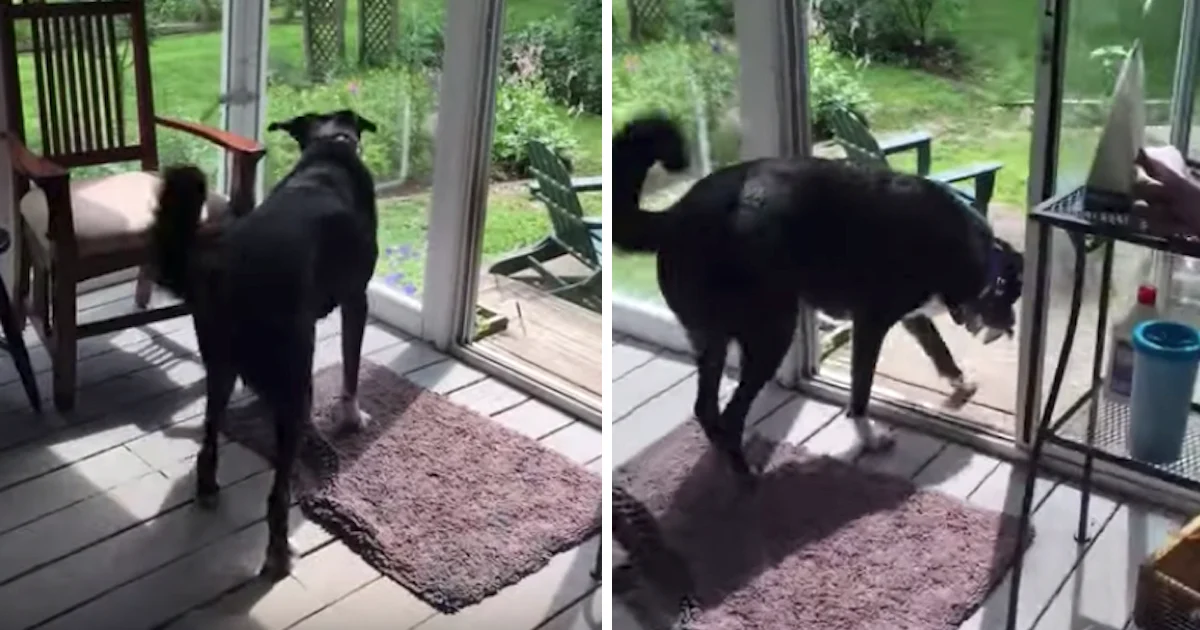On February 28, a Red Bluff Daily News headline read, “Tehama County Animal Care Center pauses stray dog intakes amidst influx.” According to the Care Center, 75 stray dogs were brought in over eight days, and only 10 of those intakes returned home.
Shortly thereafter, a Press Democrat headline read, “Sonoma County Animal Shelter struggling with too many dogs.” For both areas, strays comprise the largest quantity, and owners are not stepping up to claim them. The abandonment of animals is becoming more and more common.
Puppy litters are frequently being dumped by the sides of roads. The “cute” puppy, whom the owner didn’t spend time training, becomes under-socialized and uncontrollable and is left to fend for itself. Dogs whose owners did not plan to have arrangements to provide for their well-being if illness or death occurred are discarded. Pets acquired without forethought and consideration, or become too costly, or not “allowed,” are forsaken.
Responsible pet ownership and community awareness play a crucial role in mitigating the impact of these stray animals. It is abundantly clear that, in order to reduce the stray population in rescues and shelters, we need multiple effective strategies. Humane education programs teaching responsible pet ownership should be an integral part of any comprehensive plan, in addition to other supportive services to eradicate pet homelessness, such as spay/neuter offerings, etc. With thoughtfully composed initiatives, it is possible to reduce the number of strays affecting the community. Therefore, over the next few weeks, as a start, I will provide resources and information that may prove helpful to existing and future dog owners.
Has your or another’s dog ever exhibited any of these unacceptable behaviors: Jumping on or nipping at you, stealing food or resource guarding, chewing inappropriate items, barking at everything, lunging and pulling on the leash, or not listening to verbal commands? Let’s face it: when a new pup is brought into a home, many new families expect to have an immediate wondrous relationship.
Sadly, many canines end up becoming strays because of unrealistic expectations and resulting in unacceptable behaviors like those previously listed. Helping a puppy grow into a dog capable of exhibiting appropriate conduct acceptable within the home and society is not an easy task. By educating owners to incorporate teaching into each interaction they enjoy with their pup, it should not only become more effortless for them but also enable the dog to practice its new skills in everyday situations.
Some books that may prove to be beneficial resources are “The Puppy Primer” by Patricia McConnell and Brenda Scidmore, which guides owners through various aspects of raising a puppy, including socializing, crate training, house training, and how to use positive reinforcement. Another book by Patricia McConnell is “Family Friendly Dog Training: A Six-Week Program for You and Your Dog “ which covers basic skills including sit, down, heel, come, etc. and troubleshoots common training and behavior challenges. “Beyond the Backyard: Train your Dog to Listen Anytime, Anywhere” by Denise Fenzi, is split into three parts: The first provides information about the philosophy of training. The second is the “how-to” part and the last section will assist in troubleshooting issues that arise.
Speaking of behavior challenges and issues, it is imperative to realize that dogs exhibit a wide range of behaviors, just like humans. Understanding them is essential for effective training and management. There are a few resources to help address common dog behavior problems. ASPCA’s Common Dog Behavior Issues (https://www.aspca.org/pet-care/dog-care/common-dog-behavior-issues ) provides information on various problems, such as aggression, barking, destructive chewing, food guarding, howling, nipping, separation anxiety, etc.
Each issue is discussed, along with tips on prevention and treatment. Patricia McConnell’s Learning Center (https://www.patriciamcconnell.com/learning-center/solving-behavior-problems/) offers videos, articles, etc. to help you understand and solve behavior issues in dogs. The Animal Humane Society’s Pet Behavior Resources (https://www.animalhumanesociety.org/behavior/pet-behavior-resources) offers a helpline to answer questions. Best Friends Animal Society (https://resources.bestfriends.org/best-friends-animal-society-resource-center ) has a comprehensive online library where one can find information about pet health and training, as well as educational materials and interactive resources. K9 Training Institute (https://k9ti.org/ ) also offers a free online training workshop.
Remember that each dog is unique, and behavior issues may require a more tailored approach. A professional trainer may be able to provide the necessary guidance adapted to your specific situation, but be sure to do your research and find one whose approach aligns with your goals and values. The following partial list does not constitute a personal endorsement of the local trainers available. It is provided for information purposes only: Jackson Ranch for Dogs, Anderson, CA (530-365-3800) www.jacksonranchfordogs.com ; Home Again K9s for Veterans and Community members, Red Bluff, CA (707-578-3803) https://www.facebook.com/HomeAgainK9 ; K9 Kelts Dog Training, Redding, CA (530-515-1383) www.k9keltsdogtraining.com; PAWSITIVE Training Center (530-945-3637) https://www.facebook.com/profile.php?id=100063614256643 ; CR Dog Training-All Breeds, Red Bluff, CA (530-200-1348) https://www.facebook.com/profile.php?id=100063699032553 ; and Resolute Dog Training, Tehama County, CA (530- 510-1809) https://www.facebook.com/ResoluteDog. Also discuss training with your veterinarian since they may have other more appropriate recommendations.
Lastly, there are Dog Training Apps for Android and iPhones such as “Dogo’s Dog Training & Clicker App” (https://dogo.app/ )and “Puppr” (https://www.puppr.app/ ).







